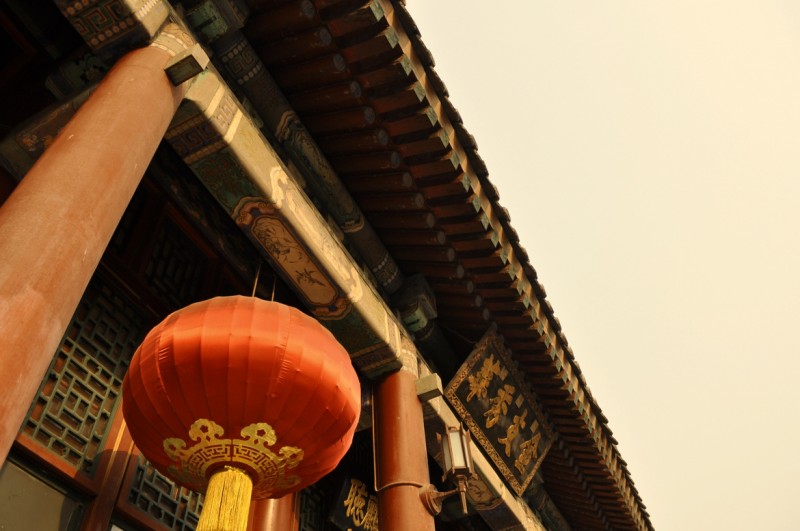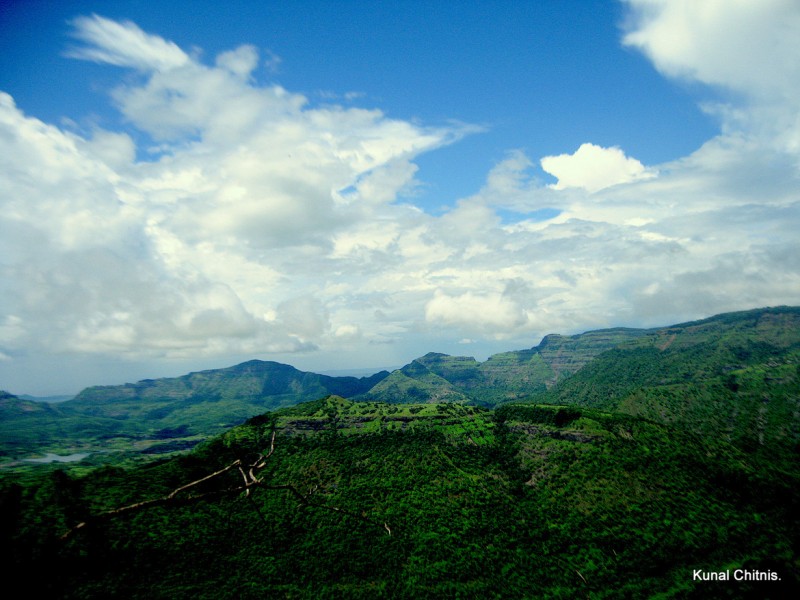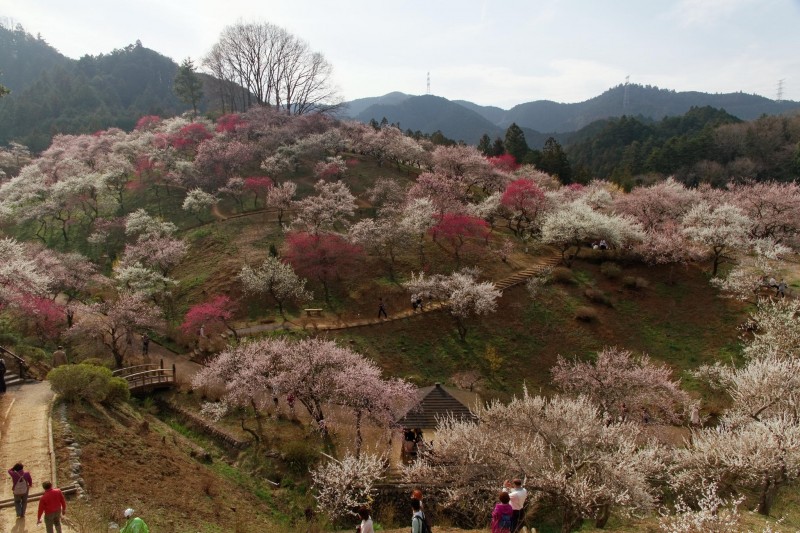
Chinese Temple by Julia Hantow (via 500px)
Tea Around the World
As we can see from the elements of terroir, tea relies heavily on where it’s grown. All tea comes from the same plant, Camellia Sinensis, which has many varieties. The major tea-growing regions include China, India, Japan, Sri Lanka, and Taiwan. Each of these have various micro-climates and soil differences, creating a spectrum of tea flavor. However, certain regions are well known for producing specific types of tea.
China
China, the birthplace of tea, is such a large country it has a variety of climates, and thus produces a variety of teas. Nearly 70% of Chinese teas are green tea, and the remaining 30% is made up of black, oolong, and white teas. Most green teas and oolong teas come from the provinces Anhui, Zhejiang, and Fujian. Various kinds of Black tea are produced, e.g. from the provinces Yunnan, Hunan, and Sichuan. Generally, they have a mild, sweet to spicy, and slightly smoky flavor. The best known is “Keemun”. China is the only country that produces specialties such as jasmine, rose and lychee tea. These teas are processed by steaming the leaves with the respective blossoms, so that they take on their flavor and taste.
Sri Lanka
Tea gardens in Sri Lanka produce a large portion of the high quality black teas exported around the world. Sri Lanka was known as Ceylon during the British colonization, and teas today still commonly carry the name “Ceylon Tea”. The growing regions in Sri Lanka differentiate by their location on the island, their elevation, and by the intensity of drought or rain they each receive at different times of the year. Due to these climatic and elevation differences the teas from each area have their own distinct characteristics. The most noted regions for tea growing are Dimbulla, Nuwara Eliya and Uva. Most tea gardens are situated at elevations between 3,000 and 8,000 feet, where the hot weather makes the tea bushes ready to harvest every seven to eight days.

The Sahyadri range of Maharashtra India by Kunal Chitnis (via 500px)
India
India is the largest tea-producing tea country in the world (China being a very close second), producing nearly ⅓ of the World’s tea, known mainly for its medium to full-bodied black teas. The most well known of these is Darjeeling tea, which is often called the “Champagne of Tea”. Most Darjeeling tea is grown at high altitudes, which contributes to its unique flavor. India is also known for teas grown in the Nilgiri Hills, which are often used to make very sweet and fragrant chai teas, which are grown at mid-level elevation. Another popular tea is India’s Assam tea, typically grown near sea level, in the valley of the Brahmaputra River just northwest of Burma. This region receives a lot of precipitation during monsoon season, and the tropical climate contributes to Assam’s unique malty taste. Its high caffeine content results in it often being served as a morning tea. For example the popular “Irish Breakfast” is typically made from Assam leaves.
Taiwan
Taiwan is known for fine oolong teas, particularly the greener and more delicate oolongs, which they have specialized in producing for centuries. Produced in the Central Mountains of Taiwan, oolongs are a cross between black and green tea they are made with semi-fermented leaves. Many of the best oolong teas produced in Taiwan are not exported because they consume more tea than they produce. Taiwanese oolongs are noted for their floral aromas often with hints of fruits such as peach, plum or apricot. The finest are usually hand rolled and quite expensive.

untitled by Endre Pável (via 500px)
Japan
The most important tea-growing district in Japan is Shizuoka, which lies at the foot of the Mount Fuji. Almost half of Japan’s entire production is picked there, especially sencha tea, which is the most popular tea in Japan. Japan produces practically only Green tea, however there is a variety of qualities and prices. The Japanese consume so much tea themselves, only less than two per cent of Japanese tea is available for
* * *
These regions only cover a portion of the vast number of tea farms around the world. To get a more specific look at how an actual tea farm operates, look out for my upcoming post interviewing U.S tea growers, and the challenges they face growing tea in the U.S.
Discuss this post on our subreddit
[related-posts]
